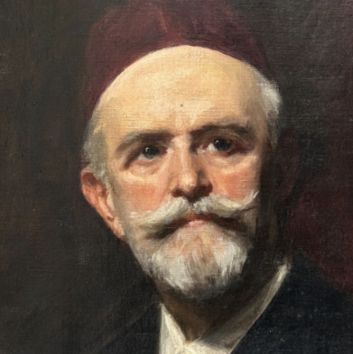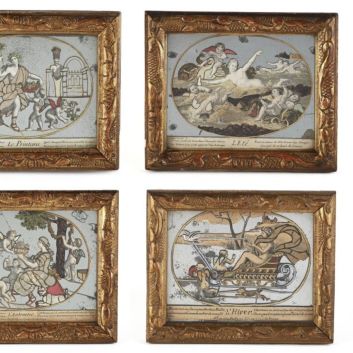Rating and value of paintings by Antoine Coypel
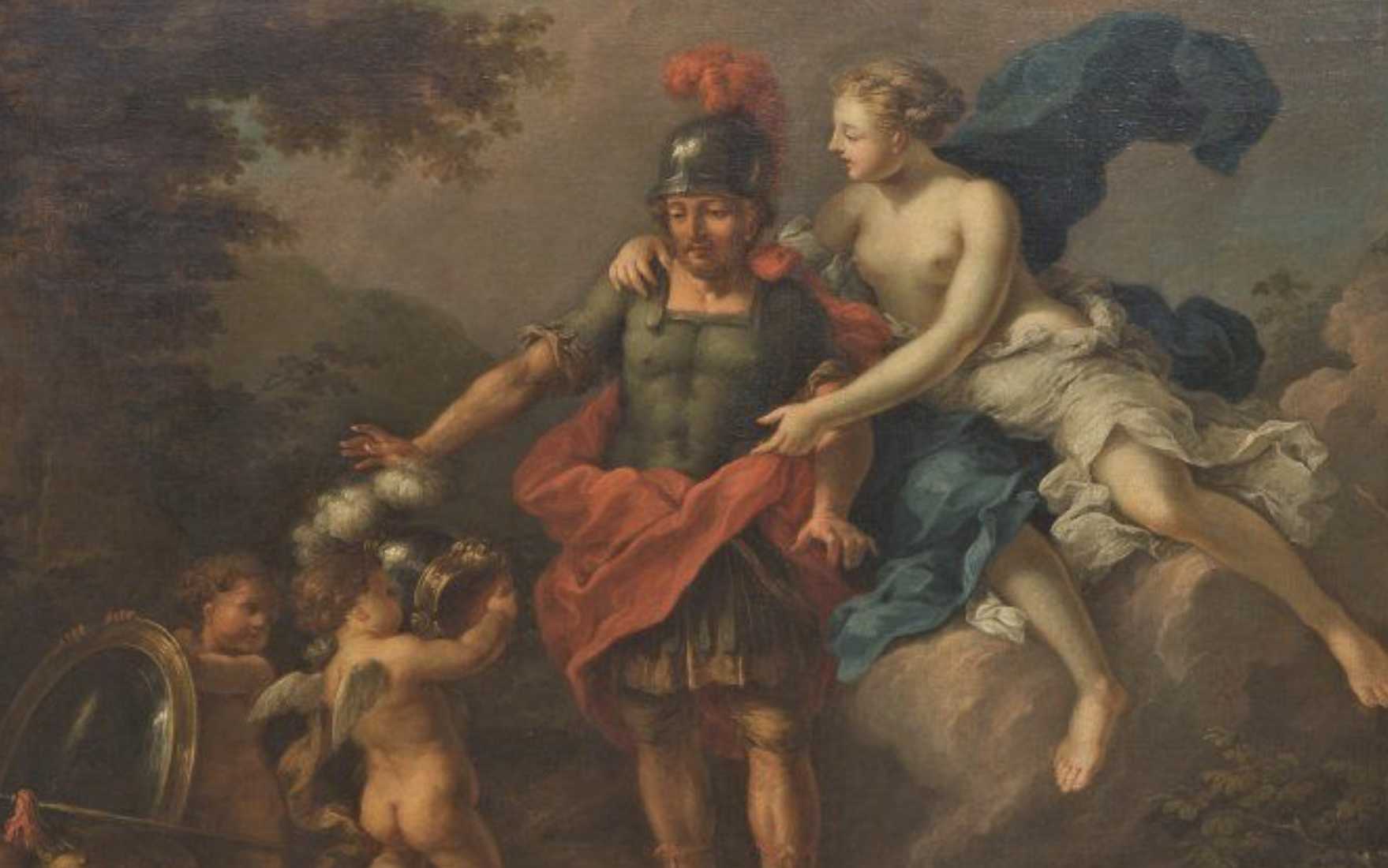
Artist's style and technique
Antoine Coypel (1661 - 1722) was a painter of the late Grand Siècle, at the crossroads of Le Brun's classicism and the beginnings of rococo.
His work reflects a blend of grandeur and sensuality, combining the rigor of classical composition with a freer expressiveness and warmer colors. He was undeniably influenced by Italian painting, with Caravaggio, Raphael and the Venetian painters making their mark. His stay in Rome in his youth was to have a lasting influence on his career.
He favored theatrical compositions, organizing scenes with a sense of movement and drama no doubt inherited from Rubens, and often in spectacular stagings.
The lines he uses are supple and dynamic. In contrast to the rigidity of pure classicism, his contours are more fluid, serving the narrative. The palette he uses is warm and luminous, employing gold, pink, red and ochre tones that lend his paintings a vibrant atmosphere.
The figures are mostly idealized, with supple flesh, elegant gestures and a certain sensuality, especially in his mythological subjects.
He renders drapes and textures with great care, paying particular attention to the rendering of fabrics, which are often animated by complex folds and subtle reflections.
He practiced the noblest subjects and genres: history painting, which he treated with erudition and brilliance, and religious and mythological painting, in which he infused a sensitive, sometimes emotional humanity that set him apart from the great decorators of the previous generation.
Painter to the king in 1776, he took part in major decorations (Galerie d'Hercule at the Palais-Royal and the ceiling of the chapel at the Château de Versailles, among others). His work is also a forerunner of the rococo style: his palette and expressiveness herald the stylistic evolutions of the early eighteenth century.
He thus established himself as one of the great artists of his time, following in the footsteps of Claude Joseph Vernet, Anne-Vallayer Coster or Guillaume Guillon Lethière.


The life of Antoine Coypel
Antoine Coypel was born into a family of artists in Paris in 1661.
Son of Noël Coypel, also a renowned history painter, he acquired a rigorous classical training from an early age.
At the age of 11, he traveled to Rome with his father, who was director of the Académie de France. There, he studied the Italian masters (Raphael, Titian, Caravaggio, Carracci), a decisive experience for his pictorial sensibility.
Returning to Paris in 1676, he was admitted to the Académie royale de peinture et de sculpture in 1681, when he was just 20 years old.
In 1684, he was admitted to the Académie thanks to the painting Louis XIV couronné par la Victoire (now lost). He was protected by Philippe d'Orléans, the future regent, who commissioned him to decorate several buildings, including the Palais-Royal.
In 1690, he was appointed professor at the Académie, and rector in 1707. He became first painter to the King in 1716, under Louis XV, and established himself as a prestigious figure at the height of his career.
Finally, in 1714, he was appointed director of the Académie Royale, a role that made him a central figure in Parisian artistic life in the early 18th century.
Not only a painter, he was also involved in literary activities, writing several speeches and lectures on painting, which testify to an artistic mind nourished by artistic and modern references.
He is an advocate of an art form where emotion, color and movement can interact with classical tradition.
He died in Paris in 1722, aged 61. His son, Charles-Antoine Coypel, in turn became a painter and continued the dynasty. Today, he is recognized as a transitional figure between the rigorous classicism of the Grand Siècle and the decorative sensuality of the 18th century.

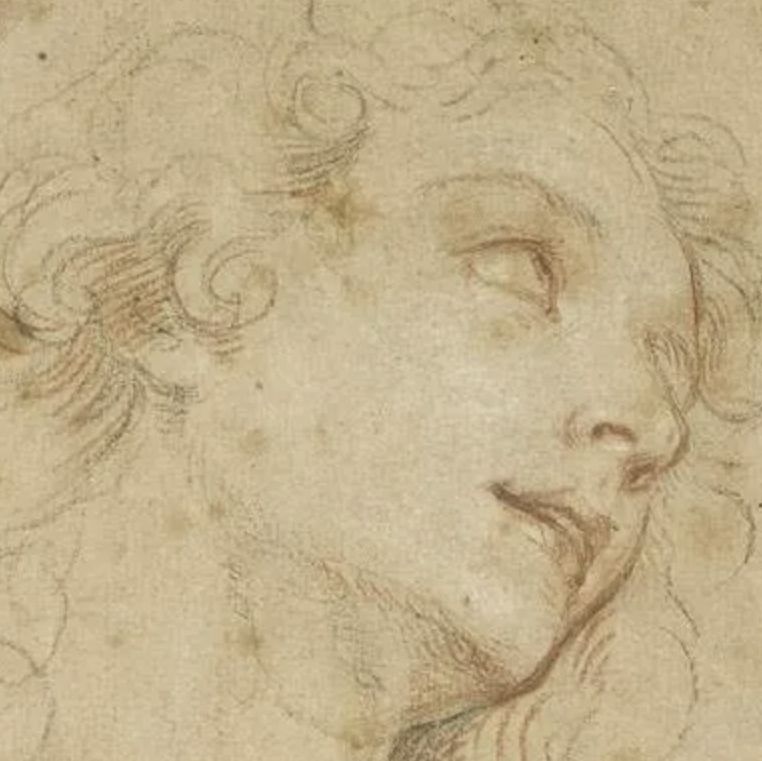
Focus on Democritus, Antoine Coypel, ca. 1692
Coypel's painting Démocrite, in the Musée du Louvre, is emblematic of his style and intellectual ambitions.
The subject he chose is quite rare: Democritus, the Greek philosopher known for his atomist theory and his laughter at the folly of mankind, is depicted alone, in a meditative and ironic attitude.
Coypel opted for a half-figure composition, refocusing on the thinker's face and hands, creating an effect of proximity with the viewer.
The philosopher's smile is ambiguous: he doesn't laugh outright, but sketches a thin, almost mocking smile, certainly to convey a rather complex inner reflection, between wisdom and critical distance.
The artist's gaze is quite piercing: his eyes are directed at the viewer or lost in the void, reinforcing the character's intellectual confusion and depth. His gestures are expressive: his hands are open, slightly raised, suggesting a gesture of comment or disillusionment in the face of a world he considers absurd.
Coypel makes extensive use of chiaroscuro, employing theatrical lighting from the left, which makes faces vibrate and shapes sculpted in a hushed atmosphere.
The artist's palette is warm and refined, with brown tones, muted reds and luminous beiges forming a rich, enveloping cameo in the softened Caravaggesque tradition. Textures (skin, beard, fabric) are modulated and each material is rendered with care, but without excessive detail, in a fluid, painterly style.
In this work, Coypel refers to Italian models, the treatment of the face recalling Titian and Correggio, with an expressive gentleness that he blends with a nobility of posture.
In this work, Coypel demonstrates his moral ambition to turn the philosopher's portrait into an exercise in condensed history painting, combining ancient thought, human emotion and pictorial mastery.
Recognizing the artist's signature
Antoine Coypel doesn't always sign his paintings, and many on the market are attributed to his followers (this is not to say that the paintings have no value). Whatever the case, for this artist, the intervention of a dedicated expert is mandatory.
Knowing the value of a work
If you happen to own one of Antoine Coypel's works, ask for a free appraisal without delay, using the form on our website.
A member of our team of experts and auctioneers will contact you promptly to provide you with an estimate of the value of your work, as well as any relevant information about it.
If you're thinking of selling your work of art, our specialists will also be on hand to help you find alternative ways of selling it at the best possible price.
Response in less than 24h
Related topics
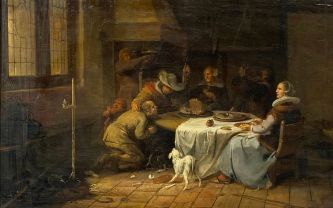
Value and quotation of old paintings - Schools of the United Provinces...
The schools of the United Provinces (Amsterdam, Utrecht, Haarlem, Antwerp) produced many paintings that were highly prized at auction. Estimated in 24 hours.
Read more >
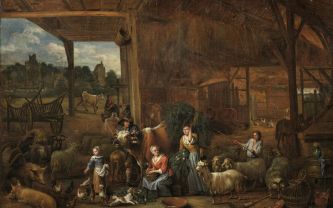
Cote et valeur des tableaux, dessins, peintures de Alexander...
Alexander van Bredael est un peintre flamand du XVIIème siècle qui a produit des peintures dont la cote et la valeur sont élevées. Estimation 24h.
Read more >

Cote et valeur des tableaux, dessins, peintures de Abraham G...
Abraham Govaerts est un peintre de l'école d'Anvers qui a produit de nombreux paysages, dont la cote et la valeur sont élevées aux enchères.
Read more >
Secure site, anonymity preserved
State-approved auctioneer and expert
Free, certified estimates
